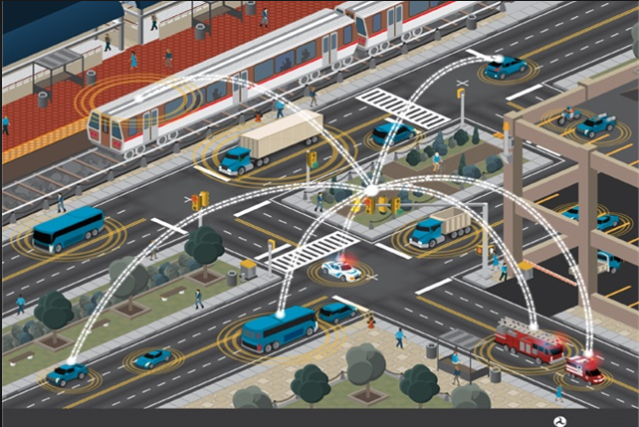Intelligent Transportation System

According to the World Health Organization (WHO), approximately 1.2 million people are killed each year in road crashes and as many as 50 million are injured. Furthermore, based on the US Department of transportation up to 80% mobile accident can be prevented with improved vehicle connectivity or using the intelligent transportation system. Vehicle to-Everything (V2X) communications keep key potentials in the enhancement of the intelligent transportation system (ITS), especially in applications for traffic safety. However, the concurrent V2X communications techniques must address (i) spectrum contention and (ii) latency. Computer and electrical engineers are working hard to develop a communications framework that is adaptive to the accident. In fact, connected vehicles will be allowed to transmit data such as speed, direction, and location to a vehicle around. Therefore, wirelessly connected vehicles would be aware of the possibility of collision. However, issues such as updating once vehicle to this system may bring an additional cost, up to 500$ and there are people who are arguing, that they don’t want to pay this extra money. Instead, they want to be focused and follow the road consciously.
In addition, there is a huge concern with the privacy issue, which almost every customer is not comfortable with. Though the idea of a vehicle to vehicle communication, which reduces 80% of accidents, looks interesting and everyone agrees that establishing a secure system is a reasonable method but they want to make sure if traffic polices are not going to use those data to make some accusation or evidence on the court. Besides they are not happy about informing where they are, where they would be going and other related data are for someone strange.
In conclusion Vehicle to vehicle, communication would help the current transportation system. Especially if it answers questions such as:-
How to manage various models (channel, traffic, driver, communication)
How to assemble different models into one consistent simulation?
How to delivery data’s with very low latency
How accurate information can be transferred accurate results?
Privacy and security issue
Thus, if researchers are able to answer the listed question, then there is a huge possibility of reducing car accidents.